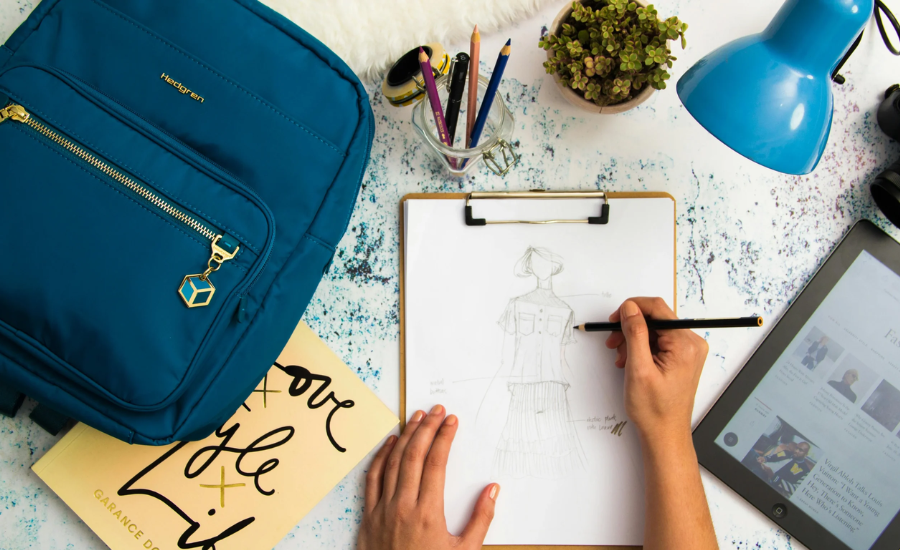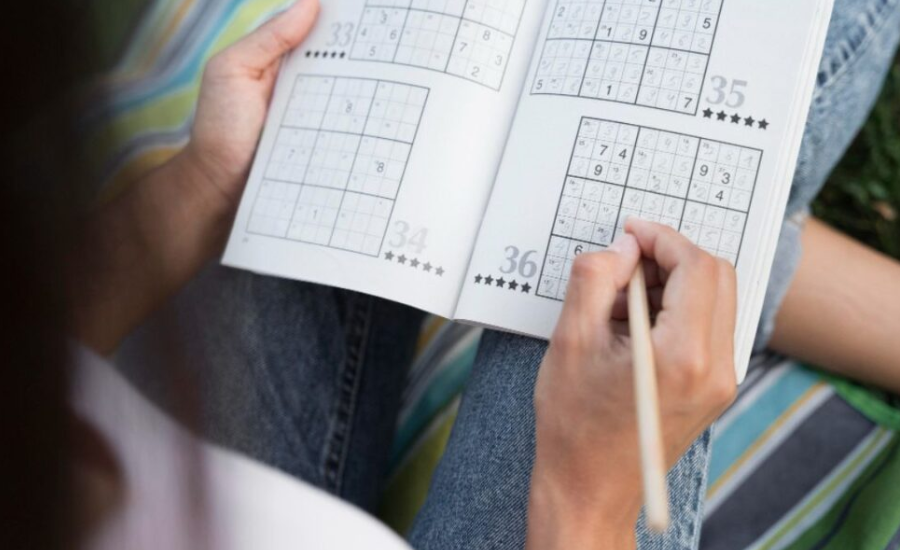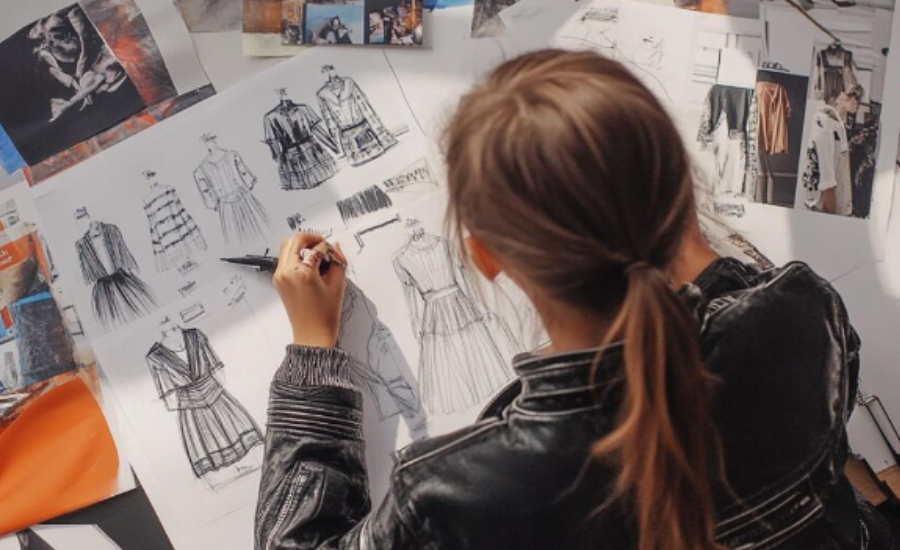Storyboarding is a powerful technique for visualizing and organizing your narrative, whether you’re crafting a film, animation, or another type of creative project. The Ashley Ann Tahigan storyboard guide offers a structured approach to planning out your story, making it easier to translate your ideas into a clear, engaging visual format. This guide will walk you through the essential steps of creating a storyboard, from gathering inspiration to finalizing your scenes.
Introduction To Storyboarding: Why It Matters

Storyboarding is more than just sketching pictures; it’s about bringing your creative vision to life. It serves as a blueprint for your project, helping you organize key moments, characters, and scenes, while making sure every element flows smoothly. Think of it as the foundation upon which your entire narrative will be built.
Whether you’re working on a movie, video game, or advertisement, a storyboard helps clarify your story’s direction and ensures consistency throughout the production process. The Ashley Ann Tahigan storyboard guide is designed to empower you with the tools and techniques needed to create a compelling visual narrative that captures the essence of your story.
The Power Of A Storyboard Guide
A storyboard guide offers clarity. It helps you visualize complex ideas, structure your scenes, and showcase character development. When everyone involved in your project has access to the same storyboard, it ensures alignment and improves collaboration. By translating abstract concepts into concrete visuals, your ideas become easier to understand and refine, whether you’re working solo or in a team.
Creating Your Ashley Ann Tahigan Storyboard Guide: Key Steps
Creating a Ashley Ann Tahigan storyboard guide is a detailed process, requiring attention to both creative vision and technical execution. The following steps outline how to effectively create a storyboard, from brainstorming initial ideas to finalizing the visuals.
1. Gathering Inspiration and Ideas
Before you start drawing or sketching, gather ideas that inspire you. Inspiration can come from a variety of sources—art, books, movies, or even conversations. Dive into different creative mediums, allowing yourself to be influenced by both visual and narrative elements that excite you.
Brainstorming sessions are key during this stage. Jot down ideas, concepts, and themes that resonate with you. Don’t worry about filtering your thoughts—let creativity flow freely. Engaging with others can also help refine your ideas. Conversations with fellow creatives can open doors to new perspectives that may enhance your project.
2. Outlining the Plot and Characters
Once you’ve gathered ideas, the next step is to define your plot and characters. Begin by determining the central conflict or main theme of your story. What is the heart of your narrative? From here, build your characters, ensuring they have distinct personalities and clear motivations. Their development should be woven into the storyline, creating a compelling journey for both them and your audience.
In this stage, map out key moments or turning points in the plot. What events need to happen to propel the story forward? Consider how each scene contributes to character growth or the overall message you wish to convey.
3. Sketching Scenes and Action

This is where your ideas begin to take shape visually. Sketch out each scene, focusing on how the action unfolds. You don’t need to worry about perfecting every detail at this stage. Instead, concentrate on the flow of the story and how the visuals can help express emotion and movement.
Consider different shot types—close-ups, wide shots, and everything in between. A close-up shot can reveal a character’s emotions, while a wide shot can establish the setting or context. Experiment with perspectives and angles to create the most dynamic and engaging visuals for your story.
4. Adding Dialogue and Text
Once you’ve visualized the action, it’s time to incorporate dialogue and other textual elements into your storyboard. Dialogue breathes life into your characters, making them feel real and relatable. Keep your lines concise and true to each character’s personality. Avoid long monologues, as they can slow down the pacing of the story.
In addition to dialogue, use text to describe key elements of the scene—such as background details or character emotions—that aren’t immediately obvious from the visual. This ensures that anyone reviewing the storyboard understands the intended mood and context.
5. Choosing the Right Format
The format of your storyboard can significantly impact how it is used and shared. You can create your Ashley Ann Tahigan storyboard guide digitally or by hand, depending on what works best for your project.
- Digital storyboards offer flexibility, allowing for easy adjustments and sharing. Programs like Storyboard That or Canva allow you to add color, photos, and even animations, making your storyboard more dynamic.
- Traditional hand-drawn storyboards offer a more tactile approach. Sketching on paper can help you focus on the artistic side of storytelling, and it allows for easier exploration of ideas in the early stages.
Both formats have their advantages, and you may find that a combination of both works best for your project.
6. Collaborating with Others

Storyboarding doesn’t have to be a solitary endeavor. Collaboration is a key element of the creative process. Whether you’re working with a team of artists, writers, or other creatives, sharing your storyboard ensures that everyone is on the same page.
Use collaboration tools like Trello, Slack, or Google Drive to keep everyone in the loop. Regular feedback sessions help refine ideas and ensure that the project stays on track. Encourage open communication and be flexible with feedback—this is an iterative process, and your storyboard will evolve as the project progresses.
7. Finalizing and Sharing Your Storyboard
Once your storyboard is complete, review each scene carefully. Ensure that the story flows smoothly and that the visuals support the narrative. Pay attention to details, like the pacing of the scenes and the clarity of the dialogue.
Think about how you want to share your storyboard with others. If you’re working with a team, a digital platform may be the best option for seamless sharing and feedback. For public or client-facing projects, consider sharing your storyboard on social media or other platforms to gather input.
Conclusion: Crafting Your Vision with An Ashley Ann Tahigan Storyboard Guide

Creating an Ashley Ann Tahigan storyboard guide is an exciting and rewarding process that allows you to visualize your ideas and bring your creative vision to life. By following the steps outlined in this guide—gathering inspiration, outlining the plot, sketching scenes, and adding dialogue—you can create a compelling narrative that captures your audience’s attention.
Remember, the key to a successful storyboard is collaboration, feedback, and continuous refinement. The Ashley Ann Tahigan storyboard guide helps you stay organized, aligned with your team, and focused on your creative goals. Whether you’re embarking on a new film project or simply exploring your creative potential, this guide will help you unlock your full storytelling potential.
Frequently Asked Questions Based On The Ashley Ann Tahigan Storyboard Guide:
1. What is a storyboard, and why is it important?
A storyboard is a visual representation of a story, broken down into key scenes and actions. It helps filmmakers, animators, and creators plan their projects, ensuring that the narrative flows smoothly. It serves as a blueprint that guides the production process, clarifies complex ideas, and aligns all team members involved in the project.
2. What should I include in my storyboard?
Your storyboard should include:
- Key scenes: Illustrate the most important moments in your story.
- Character movements and actions: Show how the characters behave and interact with their surroundings.
- Dialogue and text: Incorporate concise dialogue and other relevant text descriptions to clarify the scene.
- Camera angles and shot types: Indicate the type of shots (close-ups, wide shots, etc.) to guide the visual flow.
3. Can I use digital tools to create a storyboard?
Yes! There are several digital tools available, such as Storyboard That, Canva, and other animation or design software. These tools allow for flexibility, easy adjustments, and sharing, especially for team collaboration.
4. Should I hand-draw my storyboard or use digital methods?
It depends on your preference and project needs. Hand-drawing allows for more artistic exploration, while digital methods offer efficiency, flexibility, and easy sharing. A combination of both can also work well.
5. How detailed should my sketches be?
At the initial stages, don’t focus too much on perfection. The main goal is to visualize the flow of your story. Later, you can refine the details, such as character expressions, backgrounds, and pacing.
Stay informed with the latest news and updates on Blogblower.co.uk
